Spoiler alert — the biggest myth is that you have to suffer

If you’re a card-carrying member of the migraine community, you know that the term “headache” doesn’t come close to describing migraine pain. When a migraine strikes, it can be a debilitating, MAKE-IT-STOP experience. Many people live in fear of the next life-disrupting migraine attack.
Advertisement
Cleveland Clinic is a non-profit academic medical center. Advertising on our site helps support our mission. We do not endorse non-Cleveland Clinic products or services. Policy
There are a lot of migraine myths out there. And neurologist MaryAnn Mays, MD, debunks them one by one.
Wrong! Migraines are one of the top disabling diseases people endure. They peak when people are in the prime of life — between the ages of 30 and 49. Researchers believe migraines are caused by brain chemistry imbalances. Typically, migraines:
“People tend to think a migraine is something you can easily get over and that you should power through to work and function normally,” says Dr. Mays. “The truth is, it’s a neurological disease that can impact your work, family and social functioning.”
“Well, I guess I don’t have migraines because I never throw up.” But guess what? You can STILL get that migraine membership card even without vomiting! Lucky you?
There is a spectrum of migraine experiences: One person may be able to function, though not at full capacity. Another person may find that migraines are disabling. By definition a migraine is moderate to severe, but a person can have a severe migraine without experiencing vomiting and light sensitivity.
Advertisement
“A history and physical exam are all that is needed to diagnose a migraine,” says Dr. Mays. “There are no lab or imaging tests that will confirm a migraine. You just need to talk with your primary care provider (PCP). In some cases, they may refer you to a migraine specialist for a diagnosis.”
Dr. Mays recommends making a specific appointment with your PCP to talk about your headaches. “Don’t let it be an afterthought during your yearly appointment. You deserve to have your headache discussion take center stage so you can get relief.”
A majority of people won’t know what causes the gut-wrenching migraine pain. “It drives people crazy because they don’t know what they did to bring on the migraine,” says Dr. Mays.
“They want to know what to avoid, so they try elimination diets or avoiding red wine during a full moon. But for most people, identifying the migraine triggers will be difficult to impossible.”
Don’t give up! Researchers have been exploring the migraine-causing protein called calcitonin gene-related peptide. (That doesn’t roll off the tongue, so call it CGRP.)
CGRP causes inflammation in the brain coverings (meninges) that leads to migraine attacks. Researchers developed drugs specifically designed to stop CGRP from wreaking havoc on your meninges.
CGRP treatment is exciting because it was developed specifically for migraines, which differs from current migraine treatments. Most preventive migraine medications — like blood pressure medicines, antidepressants and seizure medications — were developed for a different condition and inadvertently found to have some benefit for migraines.
Many people use over-the-counter headache meds rather than see a doctor, who can help them prevent or treat migraine attacks. “People think they can rely on OTCs for pain relief. And while they might help to some degree, they often don’t tackle the associated, disabling migraine symptoms,” says Dr. Mays.
“For occasional headaches, taking an OTC pain reliever may be effective. But if you have one to two migraine headaches per week, you can get into a medication overuse pattern that makes headaches worse.”
Actually, there is good evidence that behavior modification is helpful. Does it work for everyone? No — but it’s worth a shot. Stress is the No. 1 trigger for migraines. Adopting stress reduction techniques, such as mindfulness exercises and physical exercise, may make a difference. Adequate hydration and sleep are also key to keeping migraines at bay.
Advertisement
You can also try supplements like magnesium, riboflavin, feverfew and CoQ10. They may take a while to be effective, so be patient.
An aura is a visual or sensory disturbance that occurs before a headache. This myth that you have to have an aura in order your headache to be a migraine is an old wives’ tale if ever there was one.
Migraines come both with and without an aura — and without is the more common experience. Only 30% of people experience an aura with their migraine, and they don’t necessarily get it with every headache.
It’s true that more women experience migraines — 18% of women compared to 6% of men. There may be a genetic basis for how women process pain. Hormones may also play a part.
But men get migraines, too. Interestingly, boys have more headaches in childhood than girls, but when the teenage years hit, girls more frequently have headaches.
“I often encounter patients whose children have headaches, yet the parent does not fully recognize the headaches as migraine or the impact the has for their child,” Dr. Mays says. “Migraines tend to run in families, so if your child is complaining of a headache, don’t brush it off. You may not have developed headaches until your 20s, but your child can get them at a younger age.”
Advertisement
“Weather changes have definitely been linked to the onset of headaches, and we don’t exactly know why,” says Dr. Mays. “But moving to an area with a better climate is not a permanent migraine cure.” So don’t pack your bags just yet — but do make an appointment to talk to your doctor about migraine pain.
Advertisement
Learn more about our editorial process.
Advertisement
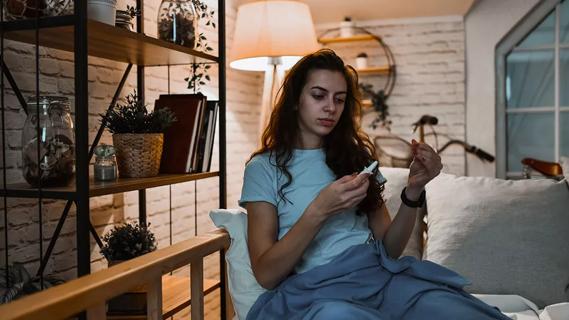
Among the options is a fast-acting medication that offers relief in as little as 15 minutes

Start by reevaluating your triggers and lifestyle factors, but also consider trying new medication

A little can help, too much can hurt
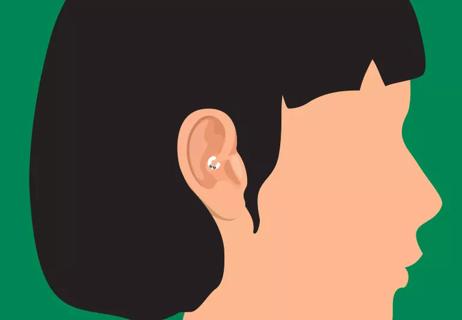
They might look cool, but there’s no scientific evidence that daith piercings ward off pain
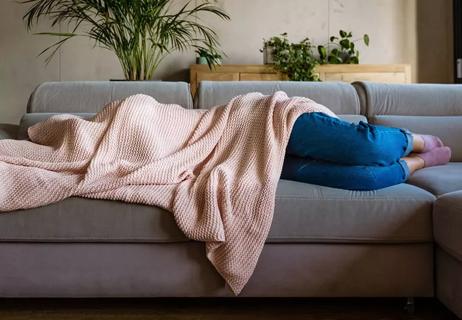
Getting enough sleep, avoiding dietary triggers and reducing stress can provide relief

Your genes may offer some insight when learning about your migraine symptoms
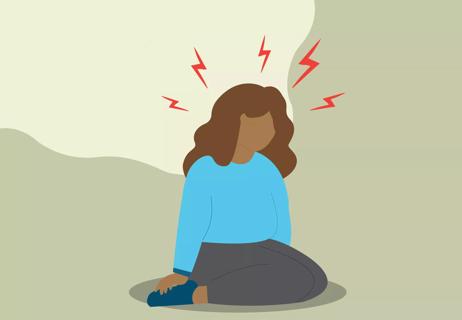
Migraine length depends on your triggers, health history and whether they are chronic
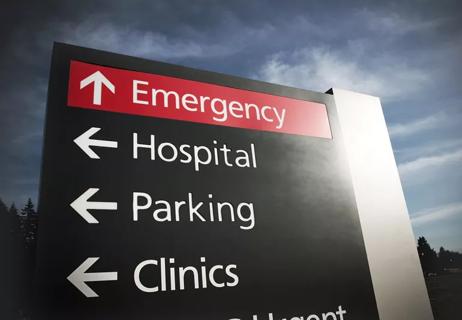
If you’re experiencing the worst headache of your life, it may be time for a trip to the hospital

If you’re feeling short of breath, sleep can be tough — propping yourself up or sleeping on your side may help

If you fear the unknown or find yourself needing reassurance often, you may identify with this attachment style

If you’re looking to boost your gut health, it’s better to get fiber from whole foods